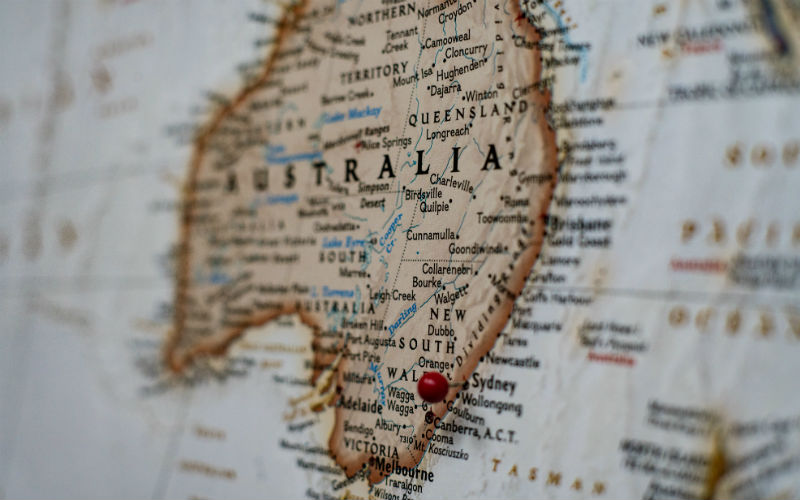Across the nation, the level of employment increased by 33,000, with the number of unemployed decreasing by 11,000.
The participation rate fell 0.1% to 66.8% from last month’s record high.
It’s important to note the ABS revised May’s unemployment figure from the initial release of 3.6% to 3.5%. This means the unemployment technically remained unchanged for June.
ABS Head of Labour Statistics Bjorn Jarvis said the rise in employment in June saw the employment-to-population ratio remain at a record high 64.5%.
“This reflects a tight labour market in which employment has recently increased in line with population growth,” Mr Jarvis said.
“In addition to there being over a million more employed people than before the pandemic, a much higher share of the population is employed.
“In June 2023, 64.5% of people 15 years or older were employed, an increase of 2.1 percentage points since March 2020.”
This comes as new data from Seek revealed the number of jobs listed dropped 2.3% in June, continuing a moderate downward trend throughout 2023.
June’s employment gains were driven by a 39,300 increase in full-time workers, which was only partly offset by a 6,700 decrease in part-time employment.
Three out of four major bank economists remained in consensus with one another, forecasting the unemployment rate to remain steady at 3.6% for June, with modest shifts in the number of employed and unemployed.
CommBank economists had pencilled in a lift to 3.7%.
NAB Head of Market Economics Tapas Strickland said a hold in the unemployment rate would be broadly consistent with the RBA’s Statement of Monetary Policy (SoMP).
“The SoMP had a forecast of the unemployment rate being at 3.6% for the June quarter, before rising to 4% by the end of the year,” Mr Strickland said.
“It is worth noting the Labour Force survey has been incredibly volatile of late, buffeted recently by Easter and school holiday effects.”
What does this mean for the RBA August meeting?
Unemployment figures are one of the key data points that will influence the RBA's monetary policy decision in August.
Successor to the RBA throne Michele Bullock said an unemployment rate of 4.5% is non-inflationary, the goal the central bank intends to meet by the end of 2024.
"Our goal is to return the labour market back to a level more consistent with full employment," Ms Bullock said.
This would imply that around 140,000 people could lose their jobs in the next 18 months.
Ms Bullock said inflation would not return to the central bank’s 2-3% target band without a sustained period of below-trend employment growth.
High employment can put pressure on the economy - more people in jobs means more money to spend, and thus more inflationary pressures.
However, the latest minutes of the central bank’s 4 July board meeting revealed members were concerned the jobless rate could rise by more than required.
“Higher interest rates could encourage households to save more, which would affect consumption,” the minutes noted.
“If that were to occur, the demand for labour would slow and the unemployment rate would be likely to rise beyond the rate required to ensure inflation returns to target in a reasonable timeframe.”
A decrease in unemployment might help Dr Lowe and the Board justify increasing the cash rate further in August.
Prior to today’s jobs data, market pricing ascribed a 75% chance of a hold at next month’s meeting.
Image by Kateryna Babaieva via pexels



 Harry O'Sullivan
Harry O'Sullivan

 Bernadette Lunas
Bernadette Lunas



